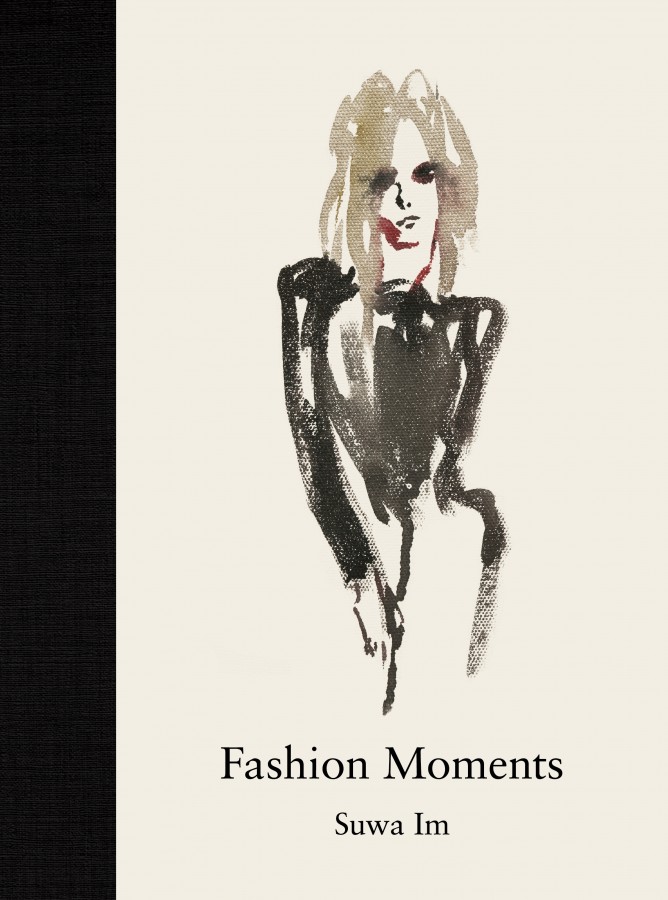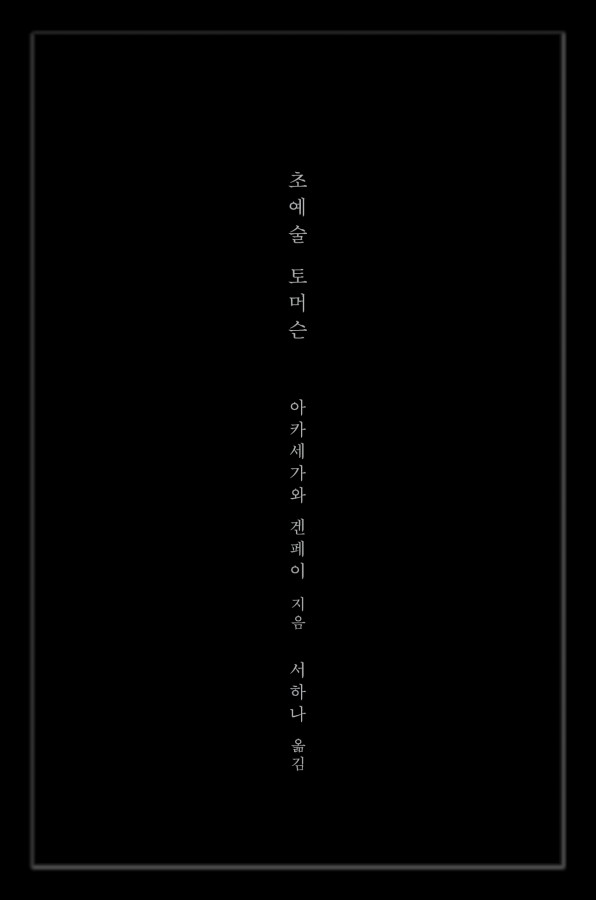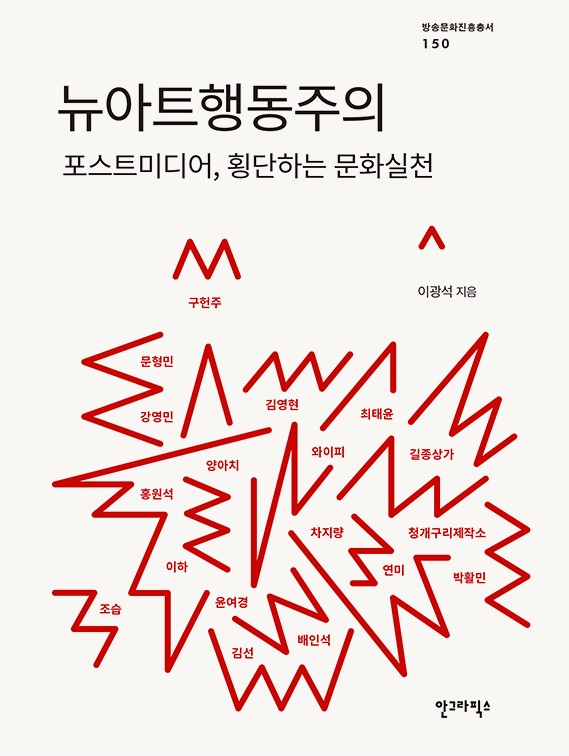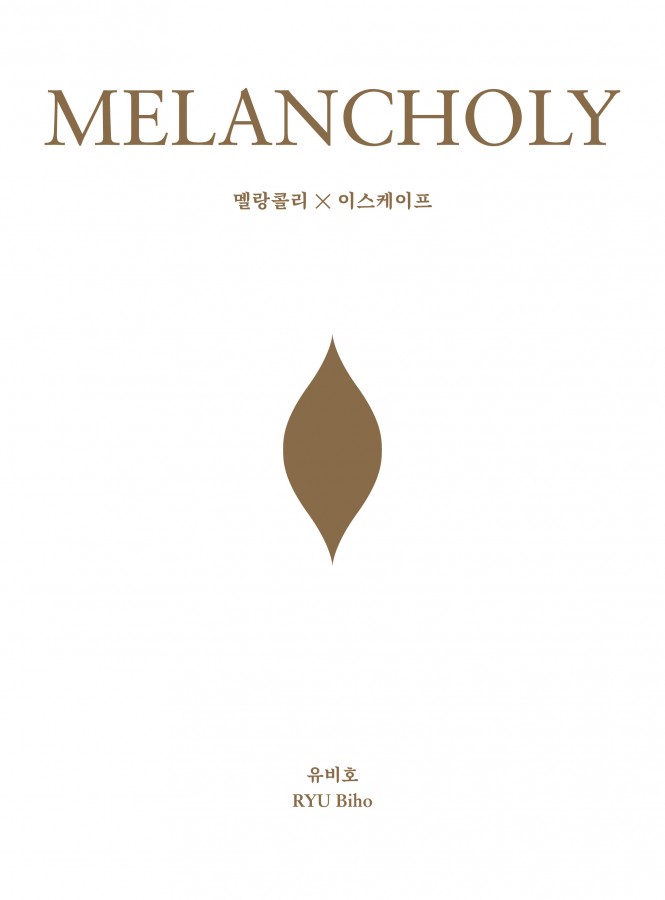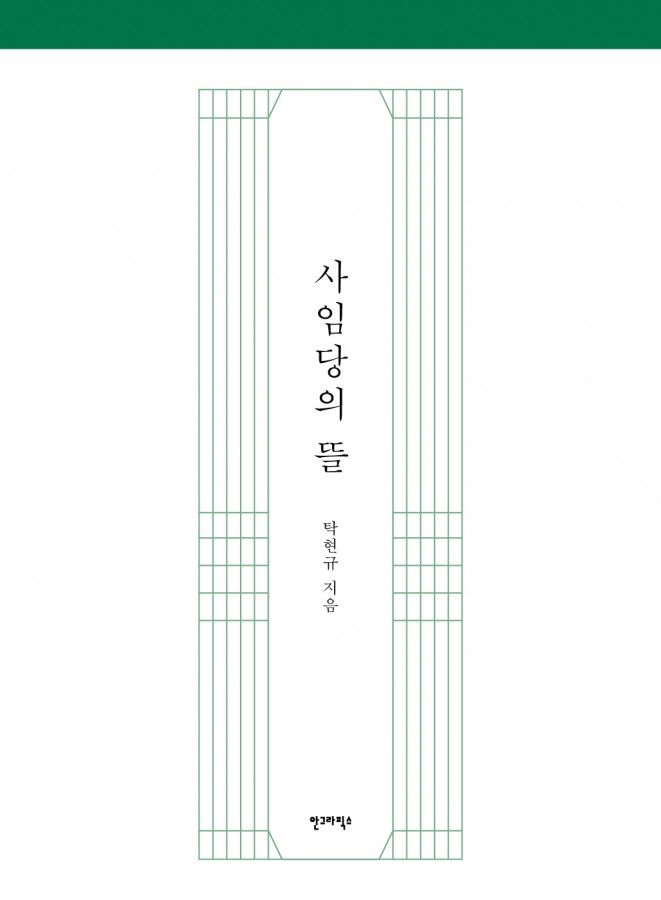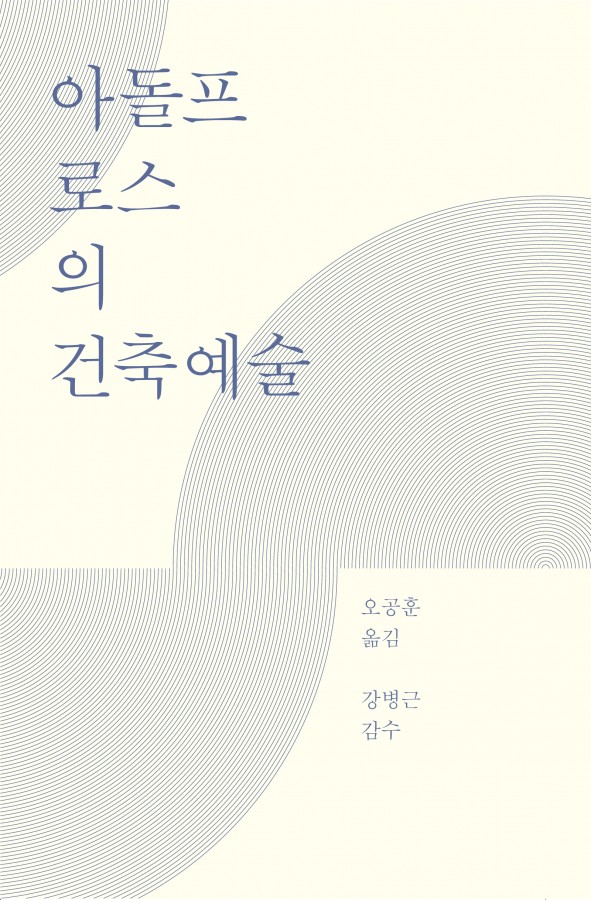Searching for the Roots of Korean Style, Joy, and Spirit
Selected as the 2021 Best Book Design from Republic of Korea
The traditional culture of Korea is austere and simple. However, it is upheld in a firm and dignified manner—in the mountain shrine located in the corner of the temple, the altar portrait of Buddha looking as friendly as one’s grandfather, and the goblin statute representing a being that is frightening and sacred, but is at the same time readily moved to tears. Indeed, the traditional culture can be found everywhere. There were times when many people failed to recognize the importance of the folk culture, and thus broke old roof tiles to pieces and erased murals. Even back then, the author went to great lengths to retrieve pieces of roof tiles that had been sold to peddlers, and collected a folk painting of magpies and a tiger from the Insa-dong. The author’s fresh and candid perspective on Korean culture will help trace the origin of the country’s cultural traditions.

